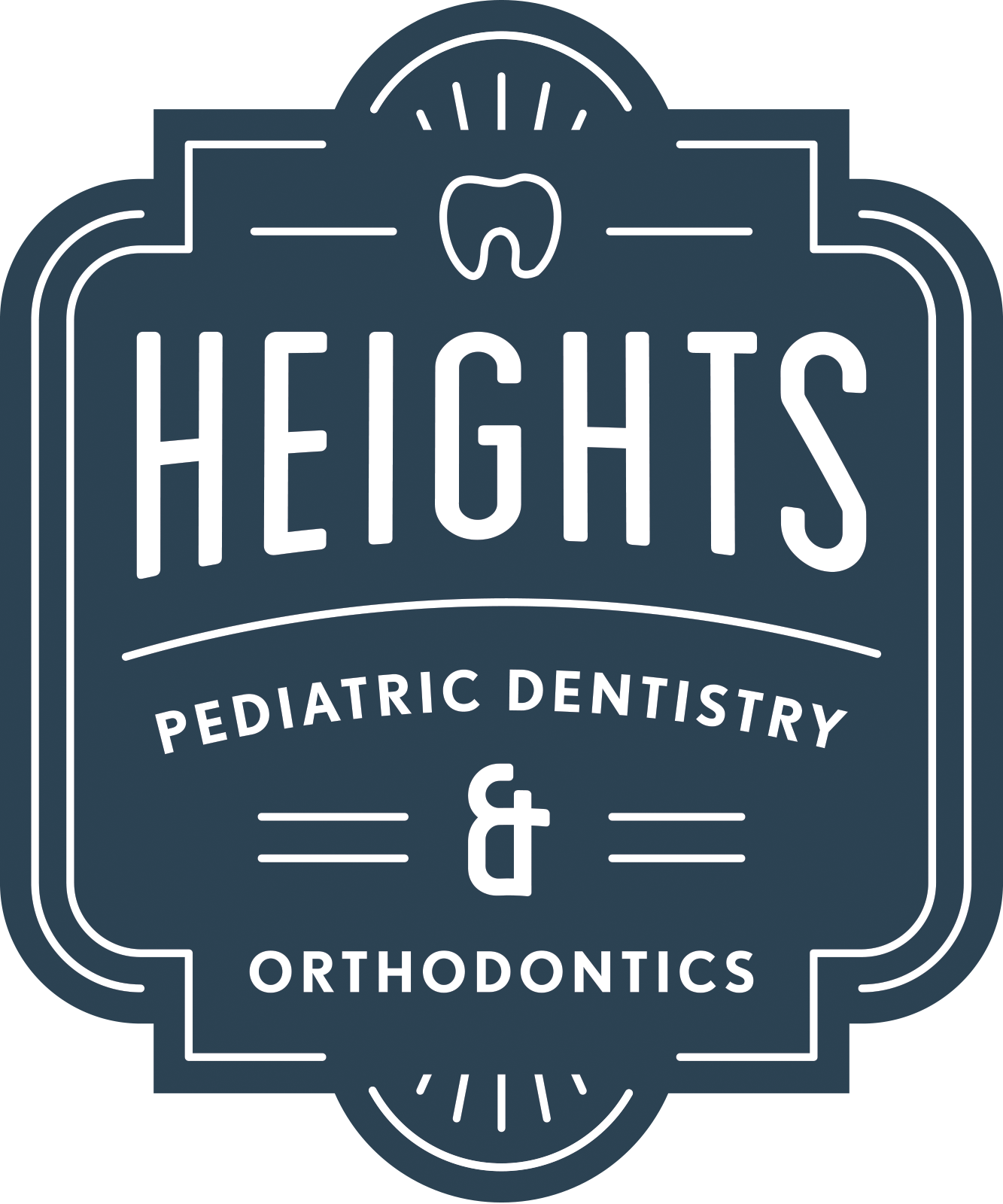Tooth Decay
/Dental decay is number one disease in children in the United States. It has caused more lost school days and more lost work hours than any other disease! Yet, it is largely preventable! The true problem lies in lack of knowledge about factors causing decay and resulting from it bad habits. Good news for little ones (and you with a sweet tooth): Sugar alone does not cause tooth decay. Rather it is the delicate balance of cavity-causing bacteria, sugar, acid and time. Plaque, which contains those bacteria, builds up on our teeth and gums and if not cleaned regularly the bacteria feeds on sugar and as they feed, they produce acids that destroy the tooth enamel. If not controlled over time they create holes called cavities or dental decay. Unfortunately, and as you can see, it all starts with something that looks so sweet and so harmless – sugar.
Do you have dental decay?
Cavities cause pain in late stages when they have reached the inner part of the tooth, the nerve. Left untreated, it can also lead to infection and even tooth loss. When you notice signs like toothache, bad breath, gum swelling and spots on your teeth, visit your dentist immediately. Your dentist will likely perform a visual check-up as well as order necessary x-rays. Some dentists use more modern equipment such as DIAGNOdent to locate and measure the amount of decay present. All that said, regular dental checkups will diagnose incipient, or barely starting, cavities in early stages and allow for preventative treatments rather than aggressive ones.
Everyone is susceptible to tooth decay, even babies. While we are not born with decay-causing bacteria, we get them from adult care takers as well as other children. Babies can get early childhood caries when put to bed with a bottle of a sweet drink such as milk and juice. Kids are more susceptible to cavities than adults since the outer layer of their teeth are thinner and easier for acids to penetrate. They are also more likely to consume sweet and starchy foods. Parents often do not realize that children have cavities until their teeth chip, abscess or hurt. However, there is no reason to wait that long! Dental decay is 100% preventable with early childhood visits, good habits and knowledge.
Beat it
Tooth decay is a lifelong battle and it starts with smart dietary and lifestyle choices. Avoid foods high in sugar and carbohydrates. Brush and floss teeth properly at least twice a day, and see your dentist regularly. Getting optimal amounts of fluoride also helps as it makes teeth stronger. If you have conditions like diabetes and dry mouth (saliva washes away food including sugar), tell your dentist about it as these make people more prone to tooth decay. Many medications for children are sugary and some cause dry mouth (such as allergy medications or inhalers) which can also contribute to being prone to cavities.
A tooth has three layers: the enamel, dentin and pulp. Treatment of tooth decay largely depends on its severity and how far it has affected the tooth. When decay has not gotten through the outer strong layer, the enamel, dentists usually recommend good oral hygiene, flossing and fluoride treatments. However, if decay has already passed through the enamel and formed a cavity, a filling likely must be used. The decay is removed first and the hole is filled with another material to prevent further damage.
Severe decay in children is usually remedied by a pre-formed crown that replaces the part of the tooth that was damaged. For an infected pulp, a root canal treatment called pulpotomy, may be needed. When a tooth is beyond saving from tooth decay, it needs to be extracted and space must be held for permanent teeth with a space maintainer.
